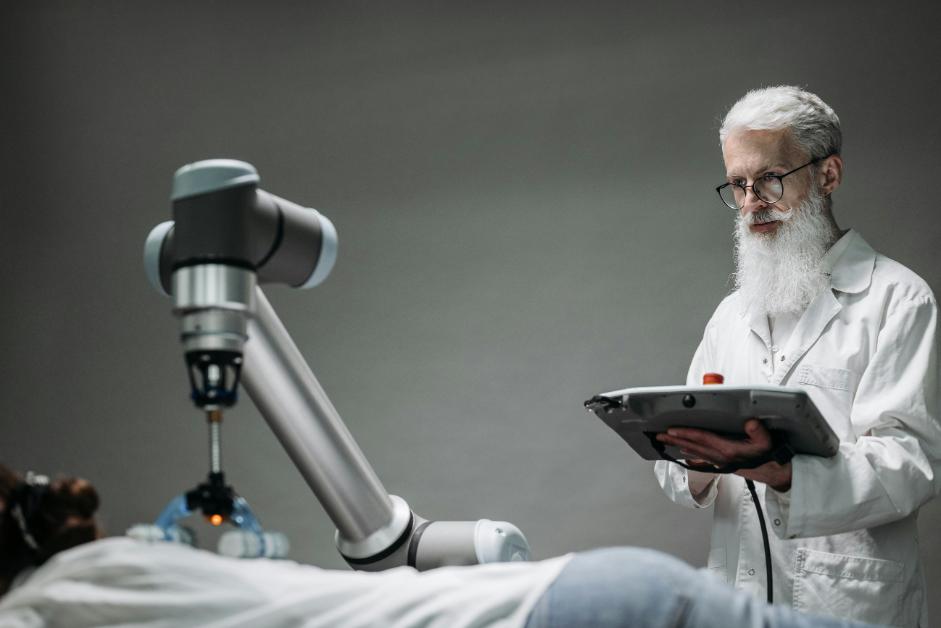Most importantly important in sectors such as health, business, and transport.
Real time processing capability enhances effectiveness.
Computer Vision Cons
Demands high amount of computations – this is its deficiency.
Requires a big set of data for learning.
This implies that software design is more often than not dependent on depressing hardware, for instance, high quality cameras.
Machine Learning Pros
Universal and does not confine within a particular sector.
It actually gets better with large data and with the help trainings conducted.
Proposes the development of artificial intelligence, robotics, as well as the predictive modeling.
Machine Learning Cons
This is the reason why it demonstrates the dependence of performance from the quality of the data that is used.
Difficult task in constructing transparent models.
May utilize unstructured visual data ineffectively, although depending on computer vision.
The most frequently used algorithms in Computer Vision
Computer vision uses advanced algorithms in order to analyze pictures and moving images. Here are some popular ones:
YOLO (You Only Look Once): Real-time object detection.
RCNN (Region-based Convolutional Neural Networks): Recognizes objects and their areas in images.
Image Segmentation: Allows for better analysis of an image since the image is segmented into segments.
Optical Flow: Detects motion in the video sequences.
These algorithms are used in lifting technology used in self-driving cars, smart security cameras and augmented reality software’s.
AI in Computer Vision
Computer vision is made even more effective by artificial intelligence. Computer vision creates the possibility where through the deep learning models the video data is processed and intelligent decisions made.
For example:
Medical Imaging: X-ray enhanced by artificial intelligence for quicker diagnosis.
Retail: Smart checkout-options like Amazon Go stores.
Security: Realtime threat identification processing using video analytics.
AI and computer vision as two sides of the same coin that allow machines to “see,” “interpret,” and “act.”
Throughout the literature, it is possible to look through different subjects of computer vision.
If you’re delving into computer vision topics, consider these exciting areas:
Edge Detection: Boudary finding in images .
Pose Estimation: The elements of position and motion of objects.
Facial Recognition: Common in security and social networks as tags.
Object Tracking: Identification of object motion in videos.
They are hot areas for study and development today.
Computer Vision: A Beginner’s Guide: How to Get Started
Getting started in computer vision might seem daunting, but here’s a simple plan:
Learn the Basics: NEURAL NETWORKS AND IMAGE PROCESSING Working knowledge.
Gather Data: Obtain the images labeled or label them yourself or buy the pre-labeled datasets such as COCO.
Select Tools: tensorflow, opencv etc.,
Train Models: Try with less complicated architectures such as the CNNs.
Test and Improve: Check with accuracy and achieve some of the results, as the model can be improved.
Deploy: Take your computer vision model to real world applications.
Applications of Computer Vision
Computer vision is transforming industries with practical implementations:
Self-Driving Cars: Tesla and Waymo have utilized the computer vision for positioning and to overcome the barriers.
Healthcare: Cancer as well as many other diseases are diagnosed from medical images with the help of automated tools.
Retail: ent branches of Amazon Go stores, that use computer vision for inventory tracking in order to avoid the need for checkout.
Agriculture: They perform crop assessment(pre-diagnosis of crop health )and farming innovation (improvement of farming techniques).
FAQs
1. I was wondering; what sets computer vision apart from machine learning?
Machine learning is a slightly broader concept in which machines are trained to find patterns in data themselves, while computer vision is a concept designed only to analyze video and image data.
2. What are computer vision algorithms used?
These are some of the commonly used algorithms; YOLO, RCNN, Optical Flow. They are applied on real life problems such as object recognition, moving object tracking, and image partitioning.
3. Should one expect that the salaries for computer vision and machine learning jobs are comparable?
Notably, both of these fields have relatively attractive pay scales, with mean and mode ML salaries coming ever so slightly higher than those of purely data science positions owing to the larger pool of subfields. Employment of Computer vision specialists is also compensated equally well especially in these specialized fields.
4. Which industries would reap most benefits should they employ computer vision?
The fields of application of computer vision for innovative solutions are currently in the industrial healthcare, automotive industry, retail trade, and security-related sectors.
5. What are the steps I have to take in order to become a computer vision professional?
Starting with learning the basics in the field of neural networks, image processing, and known tools such as TensorFlow. You can apply it on projects like object detection or image segmentation for the procedure.
Through this guide, you have gained a good understanding of what is computer vision and machine learning. Regardless of the designer niche that interests you whether in the technological front, business management or as an entrant into the business world these fields hold promise. Swim-in today and learn more about the opportunities awaiting them.

